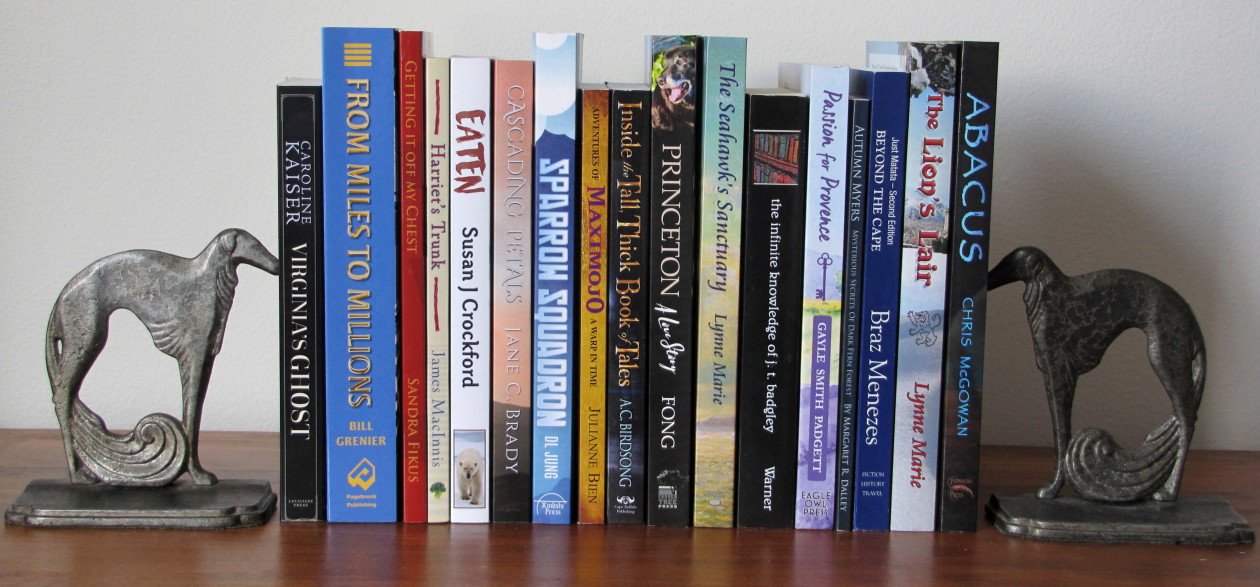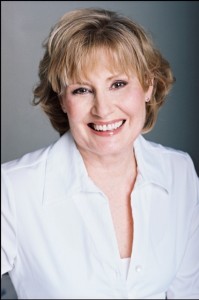Until recently, I’ve always loved working at home because it’s so blissfully quiet here. Our apartment backs onto a ravine, so we don’t hear much more than the birds singing and the wind gently rustling the leaves. (It’s a far cry from living next to a nightclub and enduring the rants of belligerent drunks, which we did for a couple of years.) My office window looks out on the rest of our building, a beige-brick low-rise built in 1956. It’s the kind of building a friend calls “a granny building” since the residents stay for decades. The only excitement to be had is the occasional neighbour coming out to water the plants on a balcony, or birds flying back and forth to feeders. It’s an ideal set-up for happy productivity–at least it was until balcony reconstruction began the other day.
I don’t particularly mind strange men on the balcony, and I can tolerate the sounds of sawing through metal railings. But I cannot bear the jackhammers. The men started drilling through the concrete last Thursday, and as soon as they began, I thought I would fragment right then and there. It was not just the noise, but also the vibrations, which were enough to send a glass bottle flying out of a cabinet (I have since moved my glass and pottery collection to safer realms). The noise and vibrations combined threatened to reduce me to a useless, incoherent, quivering mass of jelly. And our rescue dog Trinka, who has always greeted disturbing noises such as fireworks and thunderstorms with equanimity, was whimpering in distress. I grabbed her leash and whisked her away to the safety of the nearest dog park.
Now, I certainly don’t mind whiling away an hour or so in the dog park on a nice summer day, but not in the middle of an extreme heat alert. Temperatures were soaring to 34 degrees C with a “real feel” of about ten degrees more. Fortunately, we found refuge in that rarest of establishments, a Toronto cafe that allows you to take your dog indoors, Williams at PawsWay. From there we visited family in a nursing home. Mercifully, the following day was cooler, so I spent more time honing my lady-of-leisure skills by lounging at both the park and on the patio at Starbucks, where in a fit of nervous tension, Miss Trinka chewed through her harness. I could hardly blame her, as I felt like gnawing on something myself.
What I really should have been doing instead of drinking lots of green tea was working, but the construction nixed any chance of being productive. Unfortunately, I’m incapable of working in cafes or even libraries, since I get distracted by just about anything; as my concentration suffers, my frustration level rises accordingly. Since I am already at the mercy of the strange men on the balcony, I have decided to work around their Monday-to-Friday, roughly nine-to-five schedule. I start work at 7 a.m. so that I have a solid two hours before they begin their daily assault on my senses (although today they began early, which made me want to bark at them, just as Trinka did). When they finish sometime between 5 p.m. and 6 p.m., I can work again. It’s possible to get in about four to five hours of editing each day by following this schedule. And then I work on the weekends to make up for additional lost time.
As I write, the men are working late, and there are chunks of concrete literally raining down from the third floor onto what remains of our balcony. I keep imagining one of the chunks whizzing right through the window, and although the jackhammering is now further away than it was last week, my ears are buzzing and my nerves feel not just frayed, but shredded. It’s definitely going to be a long, hot, most aggravating summer.

 Follow
Follow